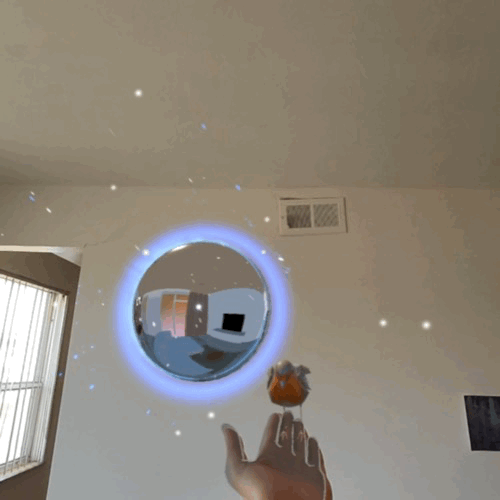SaluCity
An interactive VR/PC game for K-12 students to learn public health and city planning through play
OUR GOALS
"How might we use VR serious game to enhance students' interest in urban public health and help them understand the factors that influence it?"
PROBLEM
Traditional approaches to public health education often fail to capture students' attention—especially when focused on complex urban systems. Text-heavy resources can be overwhelming, making it hard for young learners to connect with key health concepts in a meaningful way.
SOLUTION
SaluCity offers an interactive learning experience by placing users in a virtual city where they explore, evaluate, and make decisions that impact public health. Through immersive gameplay, students develop a deeper understanding of health-related issues while enjoying a playful and curiosity-driven environment.
TARGET USER
Developed in partnership with the School of Public Health, SaluCity is designed for high school students and is ideally used during school open house events. It engages young learners by encouraging them to think critically about how urban planning and daily decisions affect community health.
ENTRANCE POINT
The lobby serves as the entrance to the SaluCity project. Players walk through a virtual city and interact with buildings to learn how each one impacts public health.
LEVEL 01
The first level is an introduction, allowing players to familiarize themselves with the interaction methods, environment, and game mechanics
LEVEL 02
Players answer quiz questions and complete quick scenario-based challenges. Correct answers and smart decisions earn coins for use in the final stage.
LEVEL 03
With a limited coin budget, players redesign the city to improve public health. They must prioritize and balance different needs, like green space, pollution, and access to care.
VR Version and User Testing
The VR version offers a more immersive learning experience. User testing with high school students showed increased engagement and better understanding of public health concepts.
KEY TAKEWAYS
Effective Engagement: User testing showed that players answered questions faster, with improved accuracy and higher satisfaction.
Immersive Learning: The VR version enhanced spatial understanding and made learning public health concepts more intuitive.
Youth-Focused Design: High school students responded positively to the game’s interactive and decision-driven format.
Cross-Platform Flexibility: Usable in both classroom (PC) and exhibition (VR) settings.
PLANNED IMPROVEMENTS
-
Accessibility & Inclusivity: Add adjustable text sizes, voice narration, and simplified controls to support players with different learning needs, including neurodiverse users.
-
Data-Driven Personalization: Use backend analytics (e.g., via Firebase) to adapt difficulty levels and recommend learning content based on player performance.
-
Multiplayer Collaboration Mode: Enable group-based decision-making for classroom use, encouraging teamwork and discussion around health trade-offs.











.avif)
